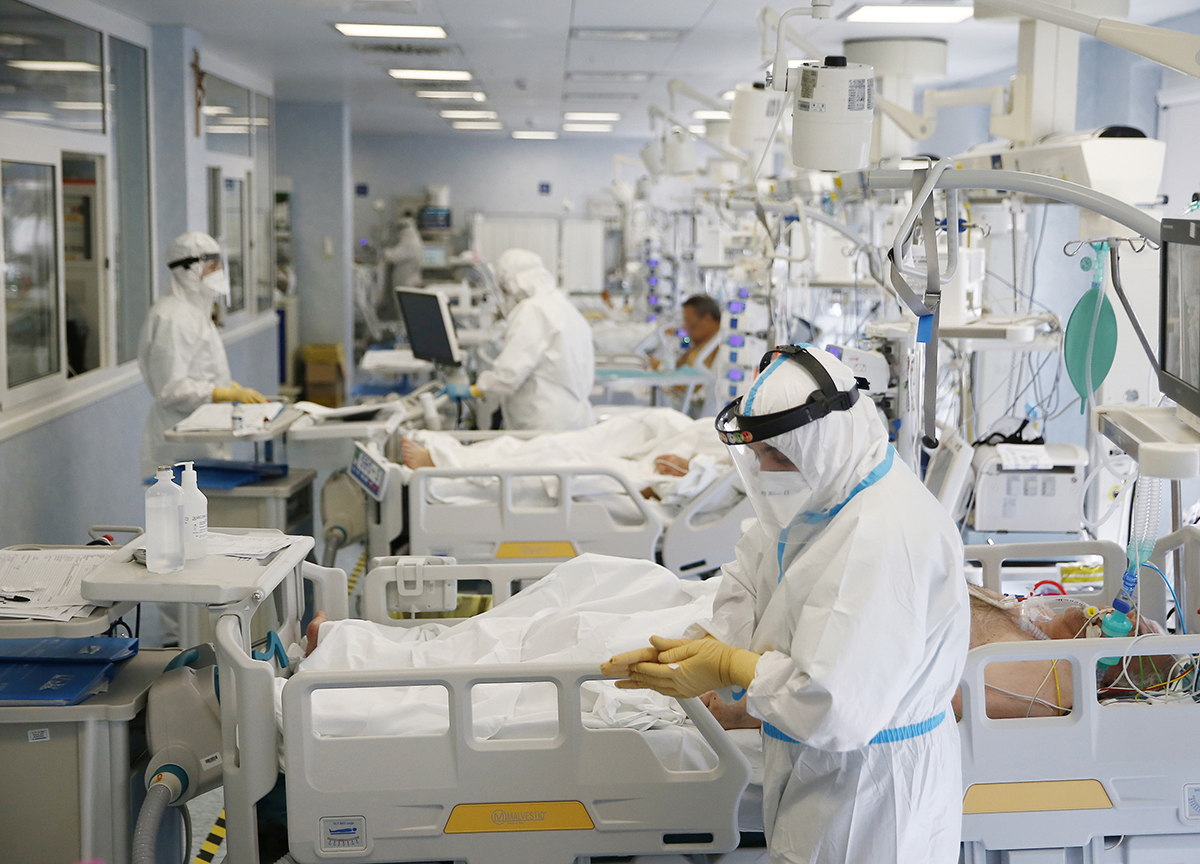Why so many Covid deaths? Mortality related to the virus itself is relatively low. The scientific community did not ask whether the “treatment” with forced ventilation “was successful or not”. The US study that sheds light on the disaster
US scientists from Northwestern University Feinberg School of Medicine have discovered that the secondary bacterial pneumonia was key driver of death in COVID-19 patients, not cytokine storms, much cited throughout the pandemic. The results, published a few days ago in the Journal of Clinical Investigationa prestigious peer-reviewed medical journal active since 1924, show that the damage that then led to the death of so many patients was not caused by the virus itself, but by forced ventilation in the lungs. This because nearly half of patients with COVID-19 develop secondary bacterial pneumonia associated with pulmonary ventilation used instead to save them.
Dr. Benjamin Singer, professor of pulmonary medicine in Northwestern Medicine’s Department of Pulmonary and Critical Care Medicine, explained the research findings explicitly: “Our data suggest that mortality related to the virus itself is relatively low, but other things that happen during the ICU stay, such as secondary bacterial pneumonia, compensate for this state”. And again: “Those who were cured of their secondary pneumonia were more likely to live, while those in whom this type of pneumonia did not resolve were more likely to die.”
“The term ‘cytokine storm’ means overwhelming inflammation that causes organ failure in the lungs, kidneys, brain and other organs,” Singer said. “If that were true, if the cytokine storm were at the based on the long hospital stays we see in patients with COVID-19, we would expect to see frequent transitions states characterized by multiple organ failure. It’s not what we saw in the study”. The cases were there but they were rare. The problem would therefore have been to generalize them and not ask questions about forced ventilation of the lungs which instead caused secondary bacterial pneumonia.
The importance of bacterial superinfection of the lung as a major contributor to death in patients with COVID-19 has been underestimated by the scientific community, because most some centers did not look for it or only looked at the results in terms of presence or absence of bacterial superinfection, “not whether the treatment was successful or not”said Richard Wunderink, principal investigator who leads the Successful Clinical Response in Pneumonia Therapy Systems Biology Center at Northwestern and co-author of the study.
The research analyzed 585 patients in Northwestern Memorial’s intensive care unit (ICU). Hospital with severe pneumonia and respiratory failure, 190 of which with COVID-19, finding uniformity of development of the infection and for which reasons this leads to death or not. Scientists have developed a new machine learning approach powered by Artificial Intelligence called CarpeDiem, which groups similar patients in similar clinical states. This new approach, which is based on the concept of daily intensive care team shifts, allowed them to ask how complications, such as bacterial pneumonia, affected the course of the disease, thus taking nothing for granted. Science is bias, continuous verification, caution and non-dogma analysis, much less show of the society of the show of a supposed gospel.
Subscribe to the newsletter
